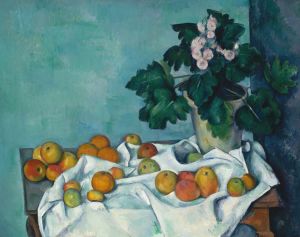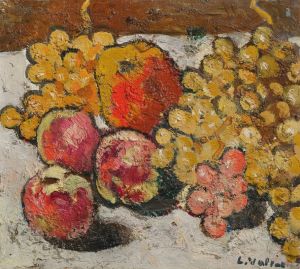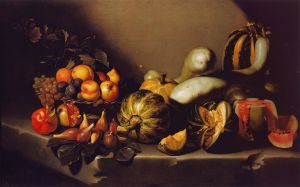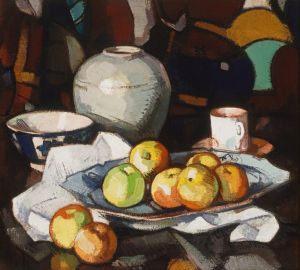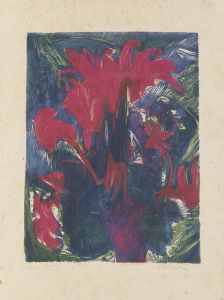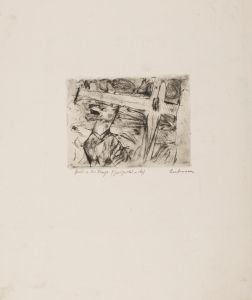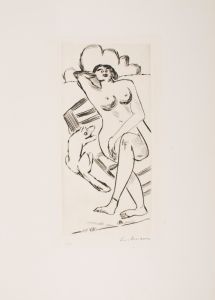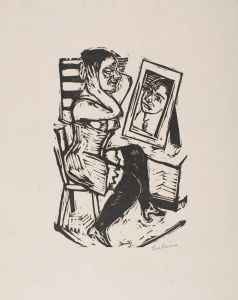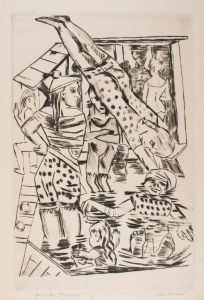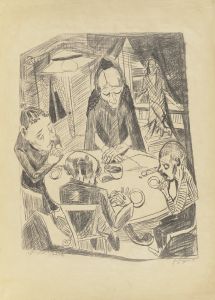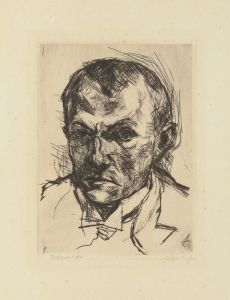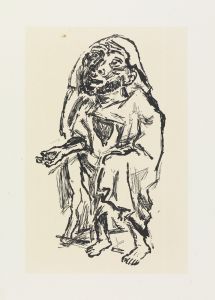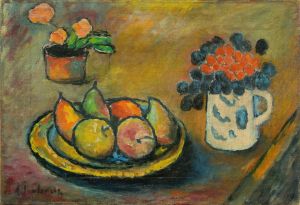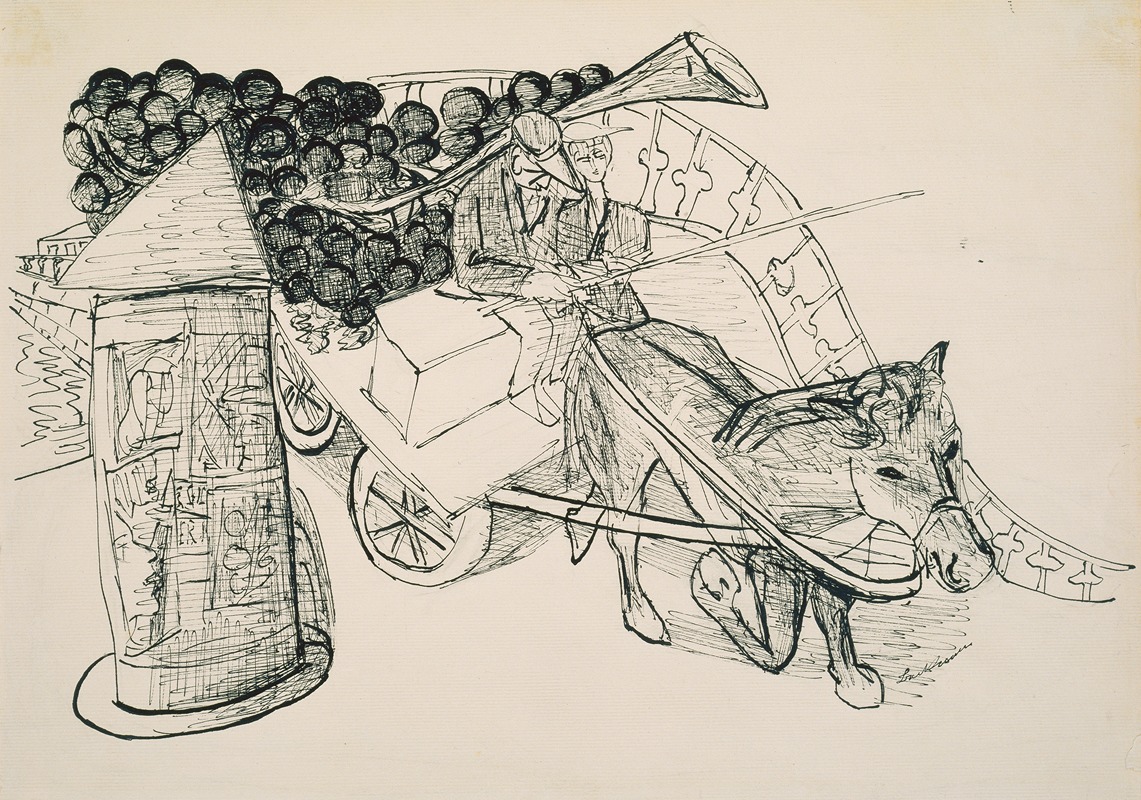
Bunch of Grapes
A hand-painted replica of Max Beckmann’s masterpiece Bunch of Grapes, meticulously crafted by professional artists to capture the true essence of the original. Each piece is created with museum-quality canvas and rare mineral pigments, carefully painted by experienced artists with delicate brushstrokes and rich, layered colors to perfectly recreate the texture of the original artwork. Unlike machine-printed reproductions, this hand-painted version brings the painting to life, infused with the artist’s emotions and skill in every stroke. Whether for personal collection or home decoration, it instantly elevates the artistic atmosphere of any space.
Max Beckmann (1884–1950) was a German painter, draftsman, printmaker, and sculptor, known for his distinctive style that evolved through various phases, including Expressionism and New Objectivity. While Beckmann is primarily recognized for his complex allegorical paintings and portraits, he also created still lifes, which often carry symbolic meanings and reflect his broader artistic concerns.
"Bunch of Grapes" is one of Beckmann's still life paintings. Still life was a genre that Beckmann returned to throughout his career, using it as a means to explore form, color, and composition. In his still lifes, Beckmann often imbued ordinary objects with a sense of drama and tension, reflecting his interest in the underlying psychological and existential dimensions of everyday life.
The painting "Bunch of Grapes" exemplifies Beckmann's approach to still life, where he often depicted objects with a bold, almost sculptural quality. His use of color and form in such works is typically vivid and dynamic, creating a sense of immediacy and presence. Beckmann's still lifes, including "Bunch of Grapes," are characterized by their strong outlines and a certain monumentality, even when the subject matter is as simple as a cluster of grapes.
Beckmann's work was deeply influenced by the tumultuous historical context in which he lived, including the two World Wars and the interwar period in Germany. His art often reflects a response to the chaos and complexity of the modern world, and even in his still lifes, there is a sense of tension and unease. The objects in his paintings can be seen as metaphors for broader themes of life, death, and the human condition.
In "Bunch of Grapes," as in many of his still lifes, Beckmann's use of space and perspective is notable. He often employed a flattened perspective, which serves to emphasize the two-dimensionality of the canvas while also creating a sense of depth and volume. This technique draws the viewer's attention to the surface of the painting and the materiality of the paint itself.
Beckmann's still lifes, including "Bunch of Grapes," are less about the faithful representation of objects and more about the exploration of form and the evocation of mood. The grapes, while depicted with a degree of realism, are also abstracted through Beckmann's distinctive style, which combines elements of realism with a more expressive, almost surreal approach.
Overall, "Bunch of Grapes" is a testament to Beckmann's skill as a painter and his ability to infuse even the simplest subjects with depth and meaning. His still lifes are an integral part of his oeuvre, offering insight into his artistic process and his engagement with the world around him. Through works like "Bunch of Grapes," Beckmann continues to be celebrated as one of the most important artists of the 20th century, whose work transcends simple categorization and continues to resonate with audiences today.





